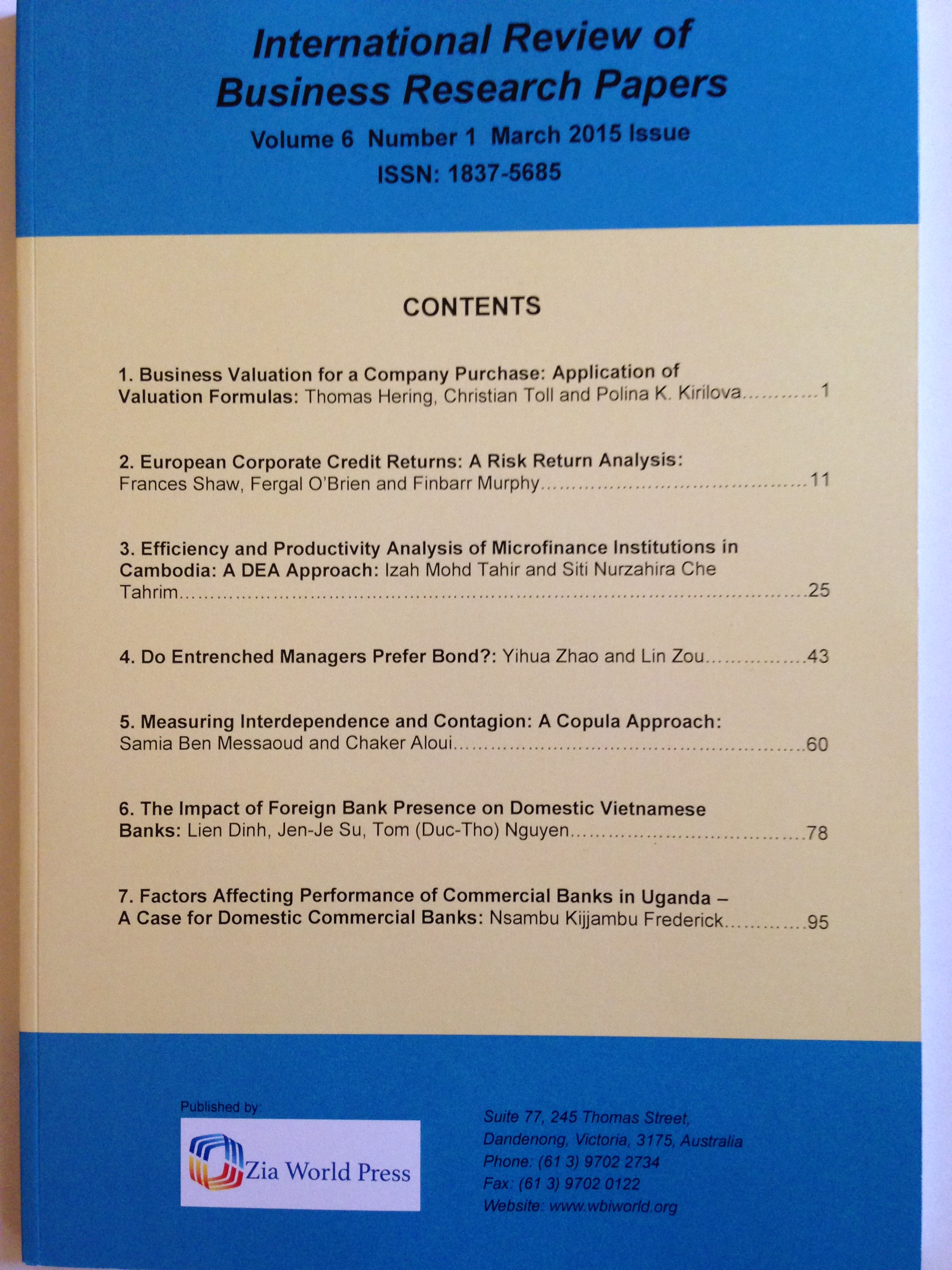March
2018

March 2018 (International Review of Business Research Papers)
Total Articles - 12
